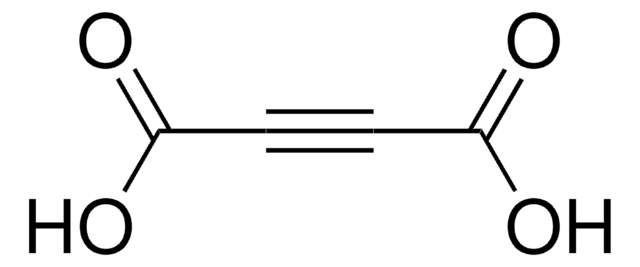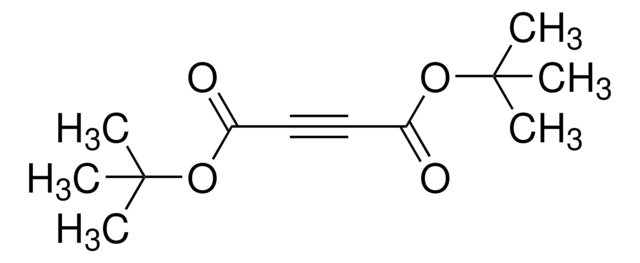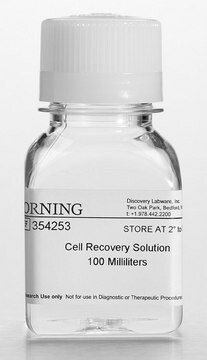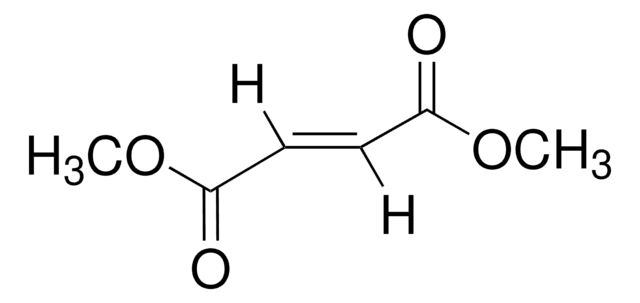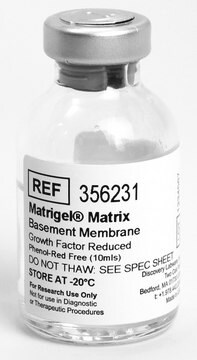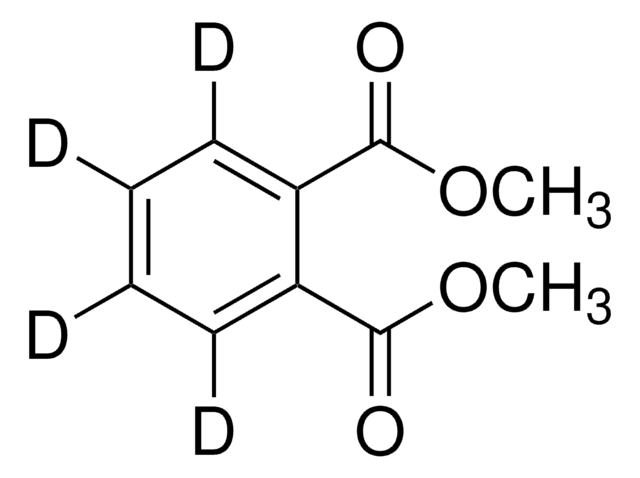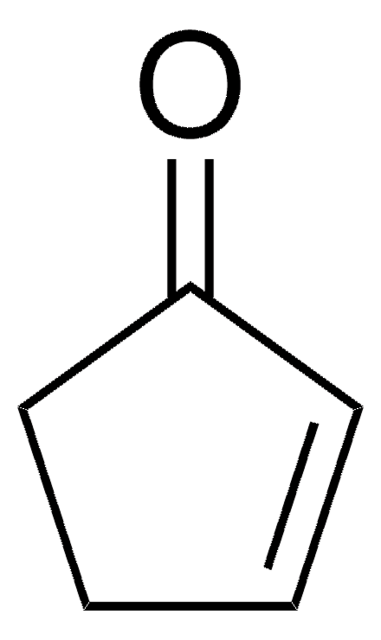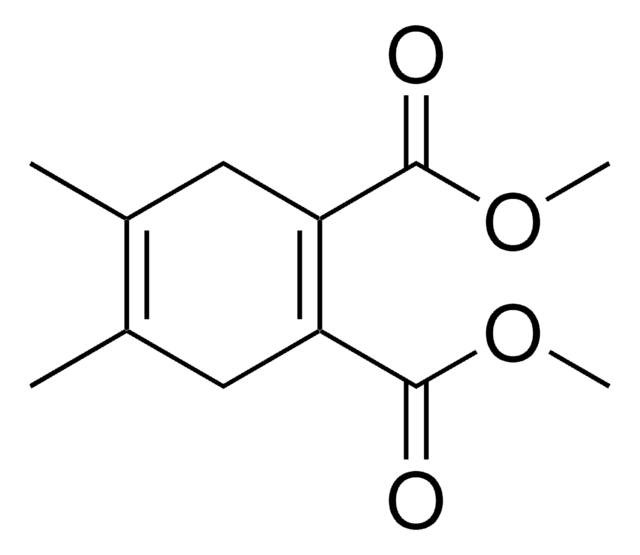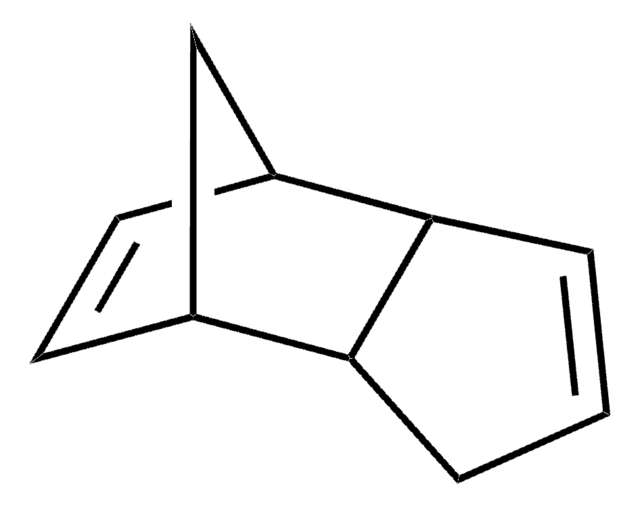D138401
Dimethyl acetylenedicarboxylate
95%
Sinónimos:
Dimethyl 2-butynedioate
About This Item
Productos recomendados
Quality Level
assay
95%
form
liquid
refractive index
n20/D 1.447 (lit.)
bp
95-98 °C/19 mmHg (lit.)
density
1.156 g/mL at 25 °C (lit.)
SMILES string
COC(=O)C#CC(=O)OC
InChI
1S/C6H6O4/c1-9-5(7)3-4-6(8)10-2/h1-2H3
InChI key
VHILMKFSCRWWIJ-UHFFFAOYSA-N
¿Está buscando productos similares? Visita Guía de comparación de productos
General description
Application
signalword
Danger
hcodes
Hazard Classifications
Acute Tox. 4 Oral - Eye Dam. 1 - Skin Corr. 1B
Storage Class
8A - Combustible corrosive hazardous materials
wgk_germany
WGK 3
flash_point_f
186.8 °F - closed cup
flash_point_c
86 °C - closed cup
ppe
Faceshields, Gloves, Goggles, type ABEK (EN14387) respirator filter
Elija entre una de las versiones más recientes:
Certificados de análisis (COA)
¿No ve la versión correcta?
Si necesita una versión concreta, puede buscar un certificado específico por el número de lote.
¿Ya tiene este producto?
Encuentre la documentación para los productos que ha comprado recientemente en la Biblioteca de documentos.
Los clientes también vieron
Nuestro equipo de científicos tiene experiencia en todas las áreas de investigación: Ciencias de la vida, Ciencia de los materiales, Síntesis química, Cromatografía, Analítica y muchas otras.
Póngase en contacto con el Servicio técnico
